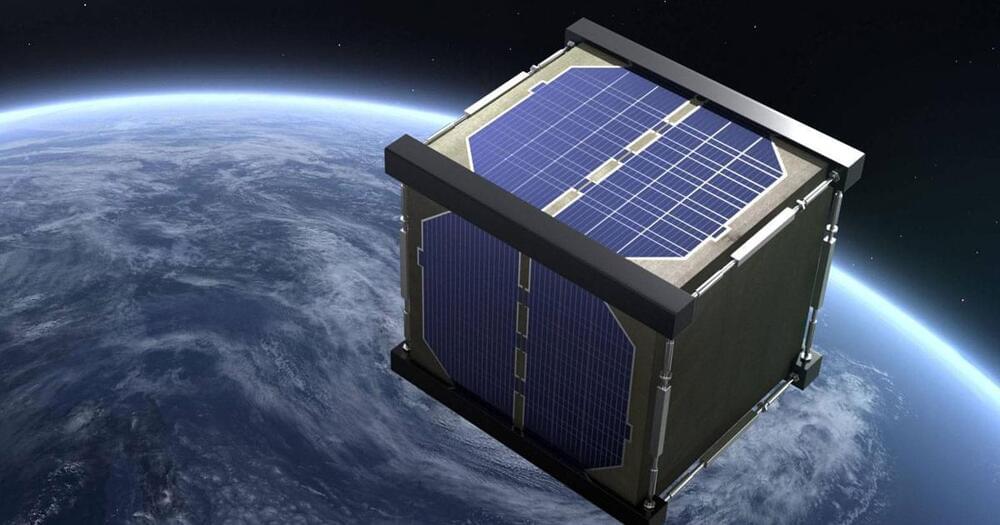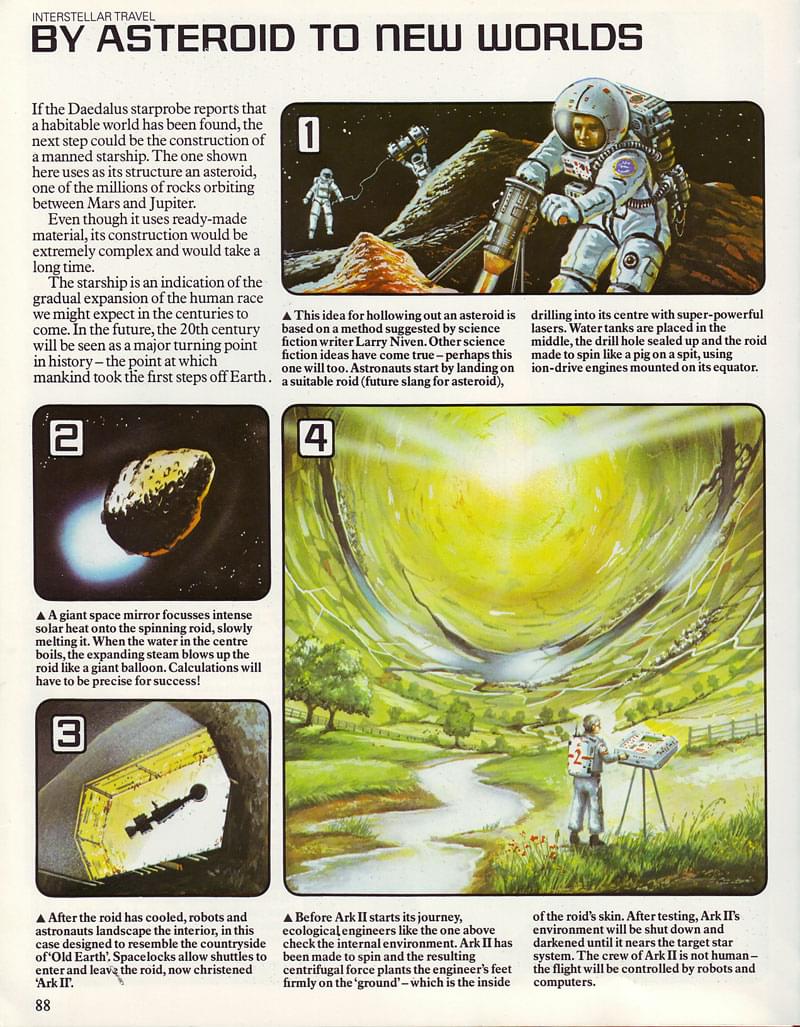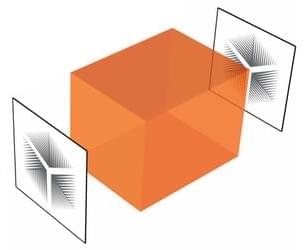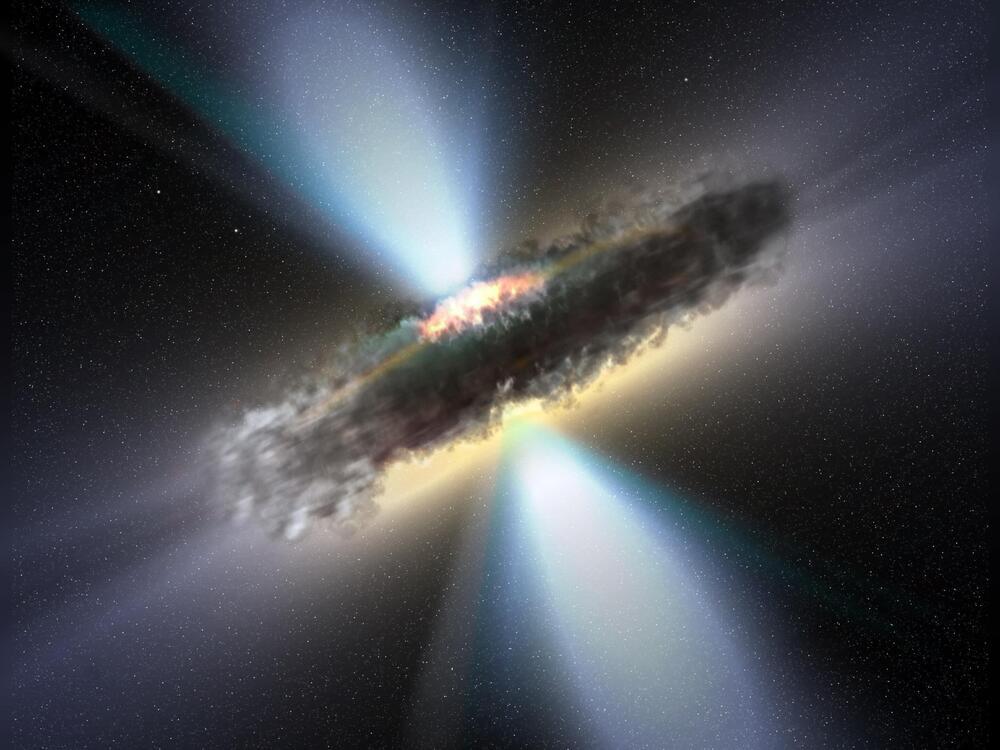Nov 7, 2023
NASA Getting Ready to Launch Wooden Satellite
Posted by Quinn Sena in categories: materials, space
A team of researchers at Kyoto University has been hard at work on a satellite made of wood — and they say it’s now scheduled to launch into space next summer in a joint mission between Japan’s JAXS space agency and NASA.
While it may sound like an odd choice of materials, they say wood is a surprisingly suitable material for space.
“When you use wood on Earth, you have the problems of burning, rotting, and deformation, but in space, you don’t have those problems: there is no oxygen in space, so it doesn’t burn, and no living creatures live in them, so they don’t rot,” Koji Murata, a Kyoto University researcher who’s been working on the project, told CNN.

















